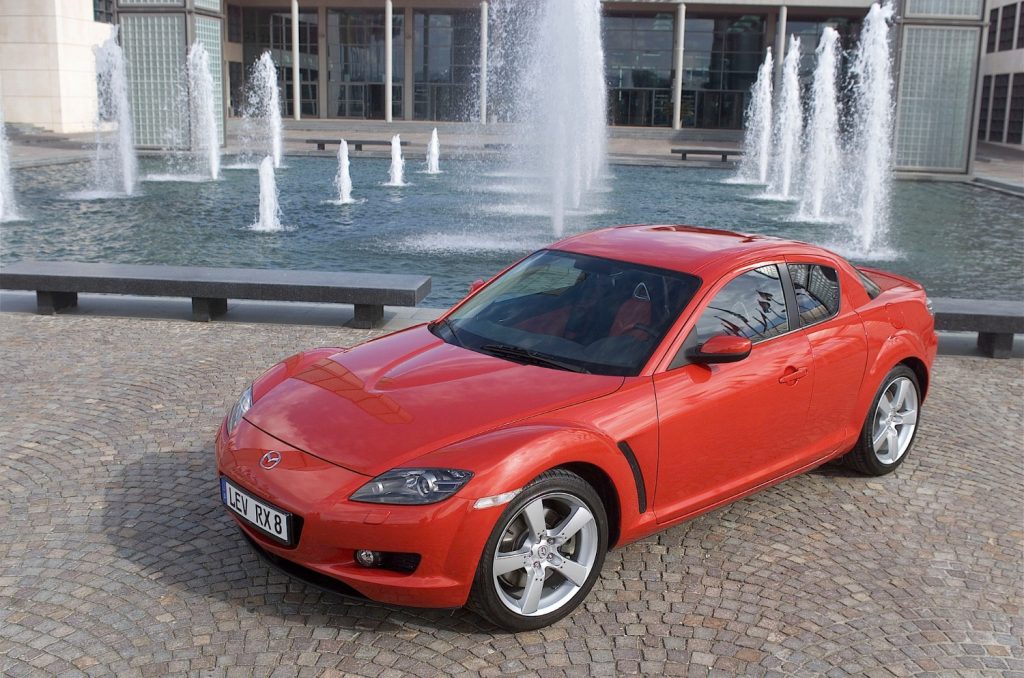The Mazda Motor Corporation announced that it will accelerate research and development work on rotary engines (Wankel), now adapted to the new era of electrification, with the aim of achieving a carbon-neutral society.

In this sense, the Japanese manufacturer has officially reintegrated a work team focused on the Wankel engine into the powertrain development division.
It should be noted that after an absence of more than a decade, Mazda has once again bet on the use of rotary engines by equipping the MX-30 R-EV with a Wankel engine.


“In Mazda’s history, the rotary engine is a special symbol of our ‘spirit of challenge’. We are deeply grateful to all those who have supported the rotary engine to date and are pleased to announce the rebirth of the organization that develops this engine, which has been adored by customers worldwide. Over the past six years, rotary engine engineers have been part of the development organization, working on the development of the most advanced functions of the internal combustion engine, as well as the pursuit of the highest efficiency improvements,” said Ichiro Hirose, Director, Senior Managing Executive Officer & Chief Technology Officer (CTO) of Mazda Motor Corporation, in a statement.

With a unique structure that generates power through the rotation of one (or more) triangular rotors, rotary engines appeared at Mazda through the Cosmo Sport (110S), a model unveiled in May 1967, followed by multiple other proposals, from mass-produced models (the last one being the RX-8, whose production ended in June 2012) to concept cars, not to mention vehicles aimed at the world of motorsport, such as the 787B, which won the 24 Hours of Le Mans in 1991.







